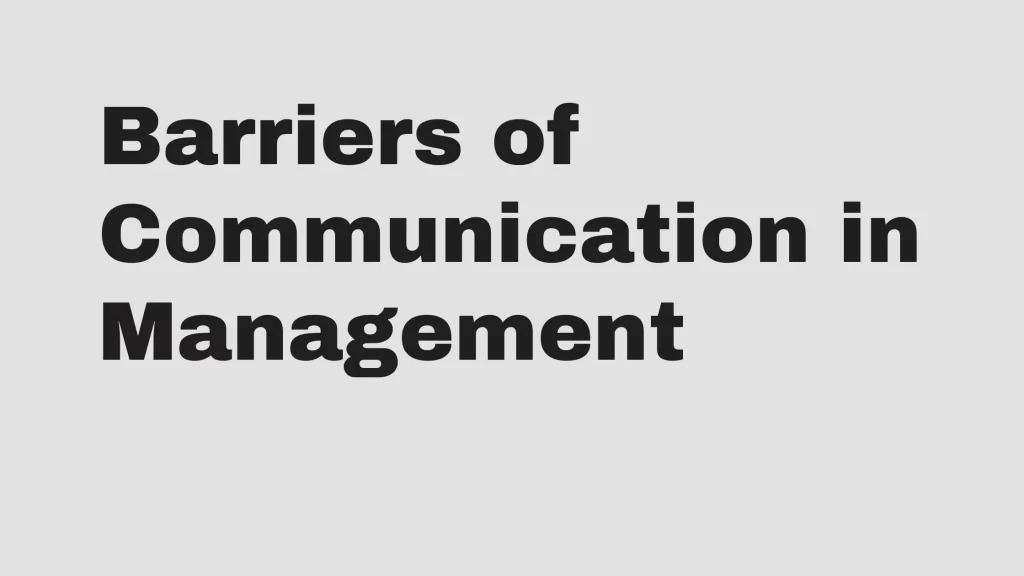In our neighbourhoods and communities, every person, irrespective of their background or circumstances, should have the luxury of accessing healthcare without a hitch. Yet, Environmental Barriers in Healthcare often overshadow this basic human right, manifesting in various forms such as inadequate transportation, lack of healthcare facilities in proximity, and even the unavailability of relevant information.
The essence of this issue lies in its ability to disrupt the smooth sailing journey of individuals towards health and wellness, transforming it into a treacherous path laden with unforeseen obstacles. My journey into unravelling these barriers has been an eye-opener, revealing the intricate web of challenges people face and the resilient spirit they embody to break free from these constraints.
Contents
Environmental Barriers in Healthcare
Noise Pollution
Impact on Communication
Noise is ubiquitous in healthcare settings. Busy wards and the constant hum of machinery contribute to this cacophony. It’s not just about volume; the variety of sounds can lead to a phenomenon known as “alarm fatigue,” where essential alerts are overlooked.

Solutions
Addressing noise pollution involves a multi-faceted approach. Noise-cancelling technology and better-designed wards are just the starting point. Training staff to recognize and mitigate the effects of noise can significantly enhance communication.
Spatial Layout
Influence on Interaction
The layout of a healthcare facility can unintentionally inhibit communication. Long corridors and isolated rooms can make information exchange cumbersome, affecting both staff interaction and patient care.
Designing for Better Communication
A shift towards open, inclusive design is vital. Collaborative spaces and strategically placed workstations facilitate smoother interactions. Integrating technology to bridge spatial gaps is also a step in the right direction.

Cultural Diversity
Challenges in Understanding
Cultural diversity enriches the healthcare environment but also brings communication challenges. Language barriers and differing health beliefs can lead to misunderstandings, affecting the quality of care.
Embracing Diversity
Cultural competence training for healthcare providers is essential. This education fosters an understanding and appreciation of diverse patient populations, ensuring better communication and more personalized care.
Technological Hurdles
Connectivity Issues
In our digital age, technology is a double-edged sword. While it facilitates communication, poor connectivity and system downtimes can disrupt the flow of critical information.
Investing in Reliable Systems
Prioritizing investment in robust, reliable communication systems is non-negotiable. Regular system updates and maintenance checks are vital in preventing unforeseen disruptions.
Conclusion
Addressing environmental barriers in healthcare is no small feat, but it’s essential for ensuring quality communication and, consequently, quality care. By recognizing and actively seeking solutions to these challenges, we can foster a healthcare environment where clear, effective communication is the norm. After all, in healthcare, every word counts, and understanding each other is the first step towards healing.
Boko Ducky has over 10 years of experience in helping individuals and organizations improve their communication skills.



